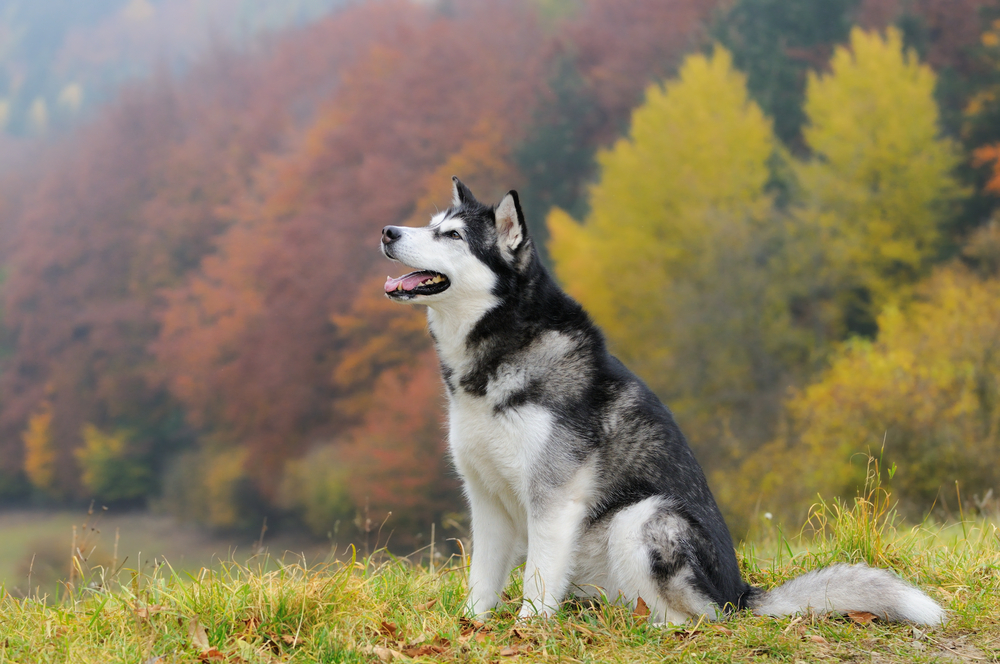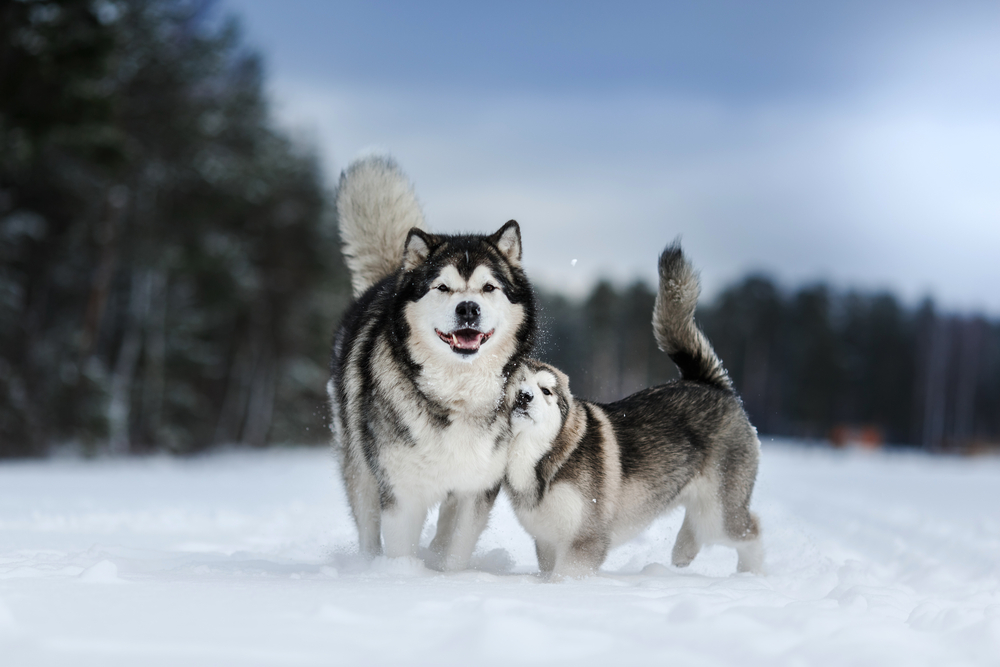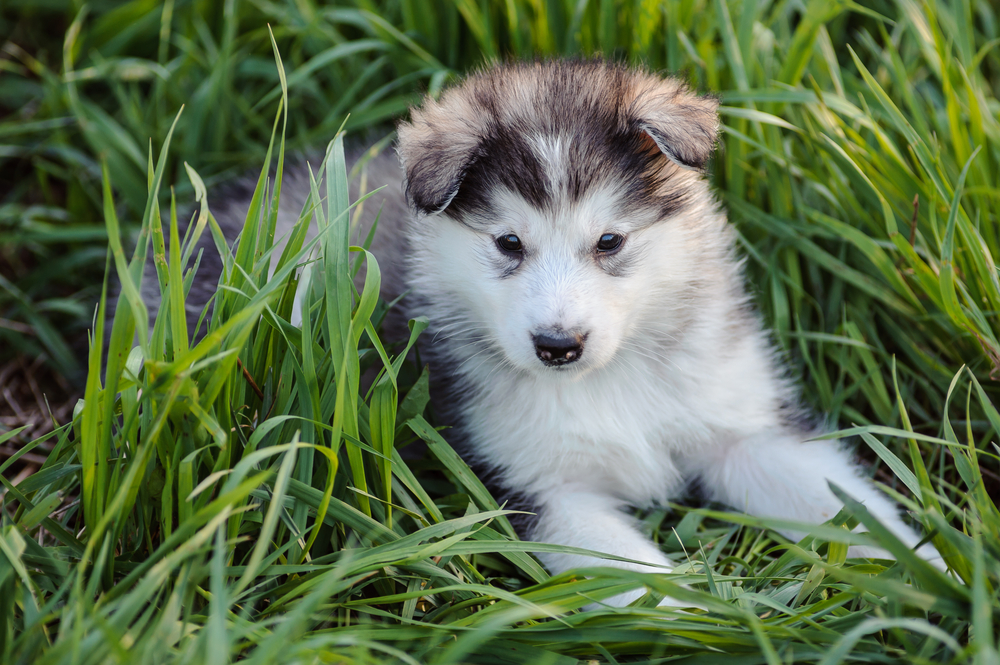Alaskan Malamute’s Adaptation to Different Climates and Environments
In this comprehensive article, we will delve into the remarkable adaptability of the Alaskan Malamute to various climates and environments. As one of the oldest Arctic sled dog breeds, the Alaskan Malamute possesses unique traits that have enabled it to thrive in challenging conditions. From the freezing temperatures of the Arctic to the milder climates of temperate regions, the Alaskan Malamute’s exceptional characteristics make it a remarkable companion and working dog. Let us explore the factors that contribute to its adaptability and how it distinguishes itself in different environments.

The Alaskan Malamute: A Brief Overview
Before we delve into the adaptability of the Alaskan Malamute, let us first understand the breed’s background. Originating from the rugged terrain of Alaska, this majestic dog was historically used for pulling heavy loads, as well as for hunting and survival in extreme conditions. Its strong and sturdy build, along with its thick double coat, makes it perfectly suited for harsh climates.


Physical Adaptations for Cold Environments
The Alaskan Malamute’s coat is a key factor in its ability to endure cold climates. The dense double coat consists of a soft and insulating undercoat, and a coarser outer coat that provides protection from the elements. This coat allows the breed to withstand freezing temperatures, even as low as -60 degrees Fahrenheit. Additionally, their bushy tails, when curled over their faces, help them preserve body heat and protect sensitive areas from frostbite.
Heat Tolerance in Warmer Climates
Contrary to popular belief, the Alaskan Malamute can also handle warmer climates, thanks to its unique coat and physical characteristics. While they are more renowned for their cold-weather resilience, they can adapt to milder temperatures as well. Their coats act as natural insulation, providing protection from both cold and heat. Furthermore, their strong build and well-muscled bodies allow for efficient heat dissipation, preventing overheating in moderate climates.

Behavioral Flexibility
Apart from their physical attributes, the Alaskan Malamute’s behavioral flexibility contributes significantly to its adaptability. Known for their intelligence and problem-solving abilities, these dogs can quickly adjust to changing situations and environments. They possess an inherent instinct to survive and thrive, which enables them to adapt to varying conditions effortlessly.
Social Adaptability and Family Bonds
In addition to their physical and behavioral adaptability, the Alaskan Malamute also exhibits remarkable social adaptability. This breed is known for its strong pack mentality and loyalty, making them excellent family dogs. Whether they are living in a remote, snow-covered landscape or in a suburban home, they form deep bonds with their human families and become devoted companions.


Versatility in Modern Environments
While the Alaskan Malamute’s roots lie in Arctic exploration and sled pulling, their adaptability extends to modern tasks as well. In contemporary settings, they participate in dog sports like weight pulling, agility, and obedience competitions. Their versatility in these activities showcases their ability to excel in various roles beyond their traditional sled dog origins.
Health Considerations for Optimal Adaptation
To ensure that the Alaskan Malamute thrives in any environment, it is essential to pay close attention to their health. Regular exercise is crucial to maintain their physical and mental well-being. A balanced diet, proper grooming, and regular vet check-ups are equally important for keeping them in top condition.


Alaskan Malamute’s Adaptation to Different Climates and Environments
The Alaskan Malamute’s adaptation to different climates and environments is a testament to the breed’s resilience and versatility. Their physical attributes, including their thick double coat and well-muscled bodies, equip them to endure both freezing temperatures and milder climates. Their intelligence and behavioral flexibility further aid in their ability to adjust to changing conditions. Whether in Arctic terrains or suburban homes, the Alaskan Malamute continues to captivate hearts with its unwavering loyalty and adaptability.